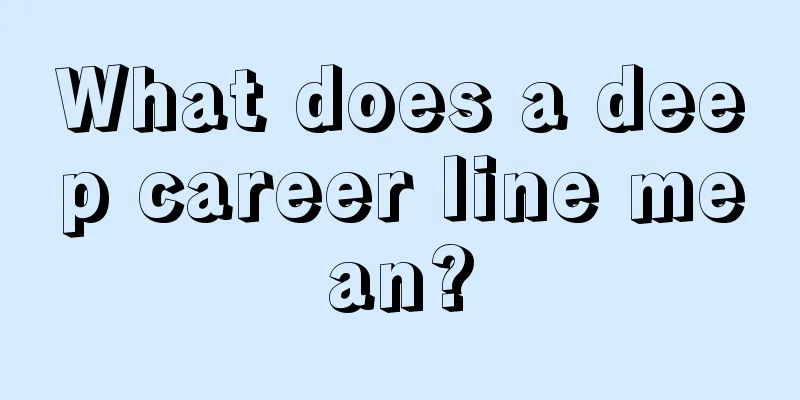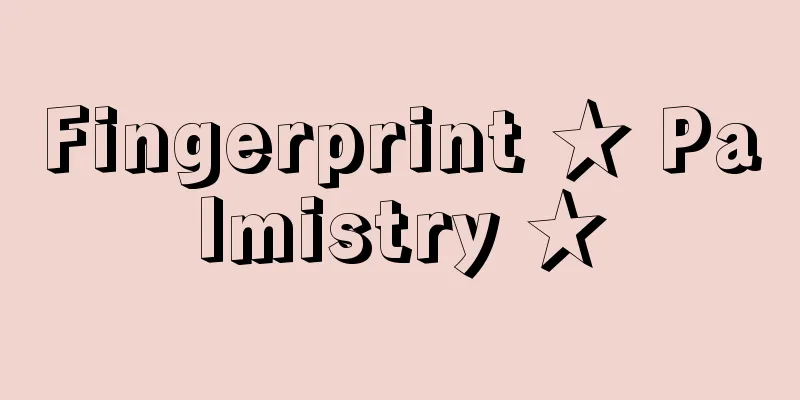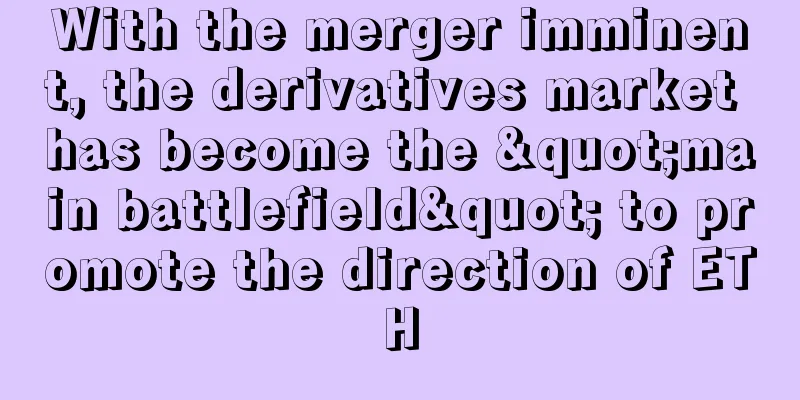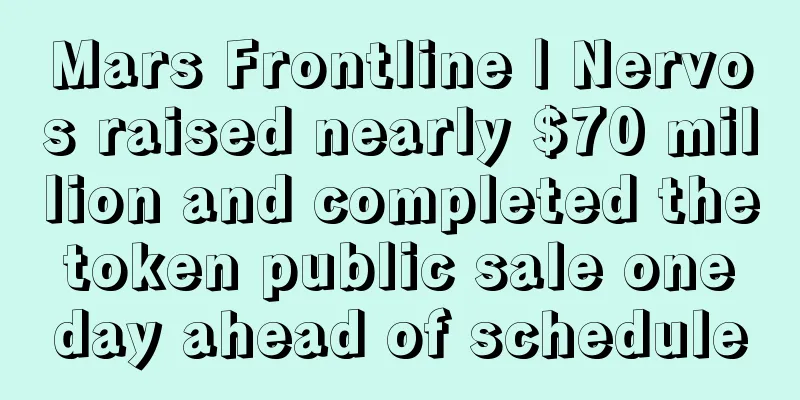Variant co-founder: How does the FTX incident affect our view of user ownership?
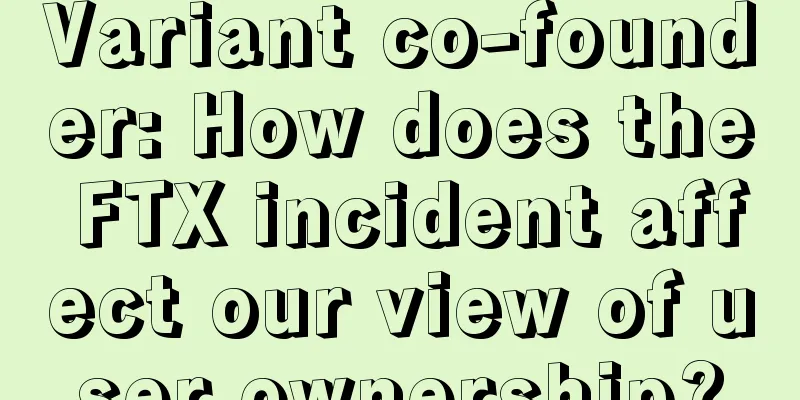
FTX is a failure of traditional financial institutions and it reminds us why we need to push for Web3. Written by: Lijin and Jesse Walden, both co-founders of Variant Compiled by: Block unicorn The recent events surrounding FTX’s dramatic collapse have dealt a blow to perceptions and trust in the cryptocurrency industry. Our hearts go out to those who have suffered financial losses as a result of the reckless and fraudulent actions of others, and we are outraged by the collateral damage this incident has caused to the industry’s credibility. At the same time, overly negative media coverage — including claims that this is the end of crypto and that the industry should be burned — obscures the potential of crypto as a tool to have a positive impact on the world, and demonstrates that external sentiment is often disconnected from actual progress and fundamentals in Web3. Reflecting on these events, we turn to our founding thesis as a foundation. Variant launched in 2020 with the belief that cryptocurrencies will be the foundation for a user-owned web, where products and services will turn their users into owners. This idea has tremendous potential for how we build new webs that better serve the needs of our users, as well as for broader implications for economic equity. How do recent events impact our thesis on user ownership? We must understand that FTX is a failure of traditional financial institutions and a reminder of why we need to push web3, and DeFi in particular, forward. We still believe in crypto’s potential to build a fairer, less meritocratic internet, but as an industry we need to refocus on the core principles of web3. Starting from first principles, web3 is based on open source software that runs transparently on autonomous blockchains, such as Ethereum, which minimizes the need for trusted third parties. At the application layer, automated smart contracts eliminate the need for manually managed companies and institutions, whose opaque decision-making can lead to systemic failures, as we recently saw with FTX. Open, automated code opens up a new way to build trusted, neutral, and, crucially, user-owned internet platforms. User ownership is enabled through tokens — packets of value encoded on a blockchain. To be clear, when we say “tokens,” we don’t mean speculative meme coins — we’re talking about a radical innovation in internet ownership. Tokens are a property system native to the internet: a way to own a piece of the internet itself, and they can represent any type of digital property, from art to music, to virtual land, to a piece of internet products and services a person uses. Like packets of data, tokens can be distributed programmatically and instantly to anyone, anywhere. One application of tokens is to reward users for participating in projects, incentivizing them to contribute to growth. This mirrors the practice of Silicon Valley decades ago of incentivizing and rewarding employees by granting stock options. In early crypto networks like Ethereum and Bitcoin, developers and technologists were rewarded with tokens for their contributions. As with most technologies, what developers and technologists do first, the rest of the internet will soon follow. Today, we are still far from the ideal of an internet dominated by token-driven, user-owned networks. Currently, most token designs fail to adequately align incentives to unlock faster and more sustained growth than centralized companies. And in some cases, bad actors have used tokens to spread outright scams. But many experiments have made incredible progress, and to gauge where we are now, we find it helpful to interpret the tokens on the market today along a spectrum: from those that are essential to the functioning of a product or protocol, to those that offer legitimate and compelling promises of utility, to extreme economic experiments, and finally to outright frauds and scams. On one side are tokens that are integral to the user experience, including the operation of the product or protocol. For example, ETH, Ethereum’s native token, is used to secure the network, and for transaction fees, and more broadly as a form of internet money in the ecosystem’s native applications. In the middle of the spectrum are projects that attempt to progressively decentralize, with the goal of giving users ownership and control over the products and protocols they use (e.g. Uniswap). There are also economic experiments that use ownership as a bootstrapping or overscaling mechanism (e.g. DIMO), and tokens that are quasi-equity/equity, used for fundraising or profit sharing, but without any investor rights (e.g. Constitution DAO). At the extreme end of the spectrum, some token designs are so centralized that they can be easily exploited by the issuer — a design flaw that introduces a single point of failure. FTX’s FTT token falls into the last category — but it wasn’t the token design that brought down FTX and Alameda Research, but rather the shady behavior of those in charge. As with previous new technology waves, the innovation hype cycle is characterized by radical experimentation, breakthroughs, and, unfortunately, the emergence of opportunists and scammers who take advantage of users’ lack of information, until the former eventually succeeds and the industry matures. As long-term investors, we spend our time working with teams that are interested in leveraging tokens to distribute new forms of ownership and control and enable new product experiences. While many of these projects are iterating in the direction of community owned and operated networks, the playbook for optimizing incentivized user behavior that can lead to long-term sustainability and competitive advantage is still being written. The path to a user-owned web is never easy or direct, but there are some clear lessons to be learned following the FTX debacle. For users, the lesson that comes up again is the adage of “invest in what you know.” The world of user ownership is still very young, and there are no comprehensive guides to evaluating tokens from a user perspective, so getting familiar with what you own can be a challenge. However, whereas previously investing in the internet world was limited to professional venture capital firms, web3 makes investing accessible to all consumers through tokens. While this comes with risks, research, and responsibility, user ownership is a new type of internet-native work that fits in with the larger trend of new opportunities to make money and create wealth online. For builders, we hope this moment inspires more first principles design around tokens as products, with a focus on the ownership experience. Token design can unlock new product experiences for end users, and that product solves a critical problem for end users. Our philosophy is that ownership is a huge design space that should be rooted in user needs, whether it’s a desire for status, economic alignment, community, or something else. If tokens are launched without considering user needs, projects risk confusing users about what the token does. At the same time, token design needs to be combined with accessibility education to make it clearer for users to understand what they actually own. There is still much work to be done to fully realize web3’s potential as the next iteration of the internet, turning users into owners. Building decentralized systems that empower users is challenging, and the rules of the game are still being elucidated. But it is now clearer than ever that user ownership is a powerful new tool that is worth the effort to harness. Our commitment to true user ownership is why Variant was founded, and why we are unwavering in our research, funding, and promotion. |
<<: Uncovering the Uniswap NFT Market Protocol: More Than Just an Aggregator
Recommend
Yi Gang talks about the central bank's digital currency: Anonymizing personal sensitive information so that it is invisible to third parties
On October 31, the central bank’s website release...
New Ant L7 unboxing review & Jinbei LT6 parameter comparison
If your position supports Russia, the shortage ca...
What does a man with a high nose bridge mean?
Some people have high nose bridges, some have low...
How to tell a hypocritical person's face from his/her face
People must pay attention to making friends and m...
95% of Bitmain's revenue comes from the sale of mining machines. It has opened 11 mining farms in the country.
According to Sina Technology, Bitmain disclosed i...
Bitmain responds to the report that the Texas data center project has been stranded: the rumor is false and the project is operating normally
According to BlockBeats, relevant people have ask...
There are two moles on the left foot, which means good fortune and luck.
In ancient China, there was a phrase called "...
Internet financial institutions actively deploy: P2P introduces blockchain technology
Compared with the cautious attitude of traditiona...
shock! Nicholas Tse and Faye Wong to get married on May Day
It is really shocking. It is rumored that Faye Wo...
Is a diamond-shaped face good or bad? A detailed explanation of a diamond-shaped face
Physiognomy is a folk knowledge that predicts fat...
People who only think about saving money when they are penniless
There is a phrase called "prepare for a rain...
Is it good for a man to have small ears?
Each of us has different facial features. Moles o...
If a man or woman has vertical lines on his forehead, does it mean he will have a good fate?
1. If you have Xuan Zhen lines on your forehead, ...
People who are always mean and unfilial to their parents have short philtrums
It is not easy for our parents to raise us, even ...
[Summit] John Wolpert, IBM Global Blockchain Products Department - Commercial deployment of blockchain is imminent
Reporter: Pencil lead Thank you all! I am very ha...

